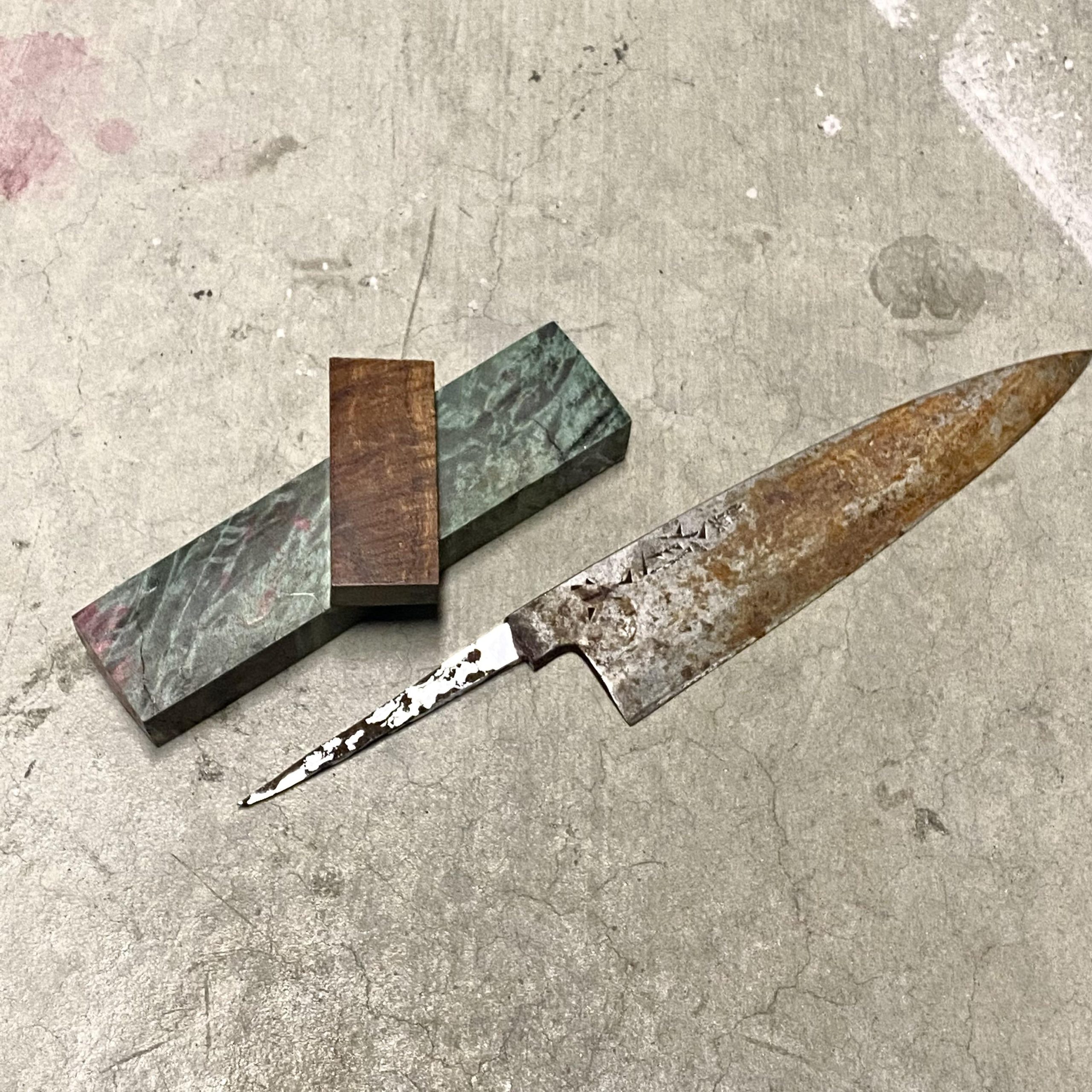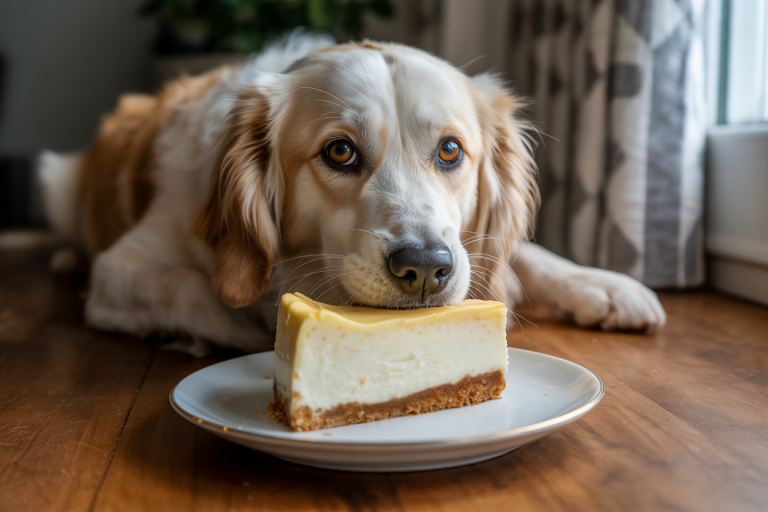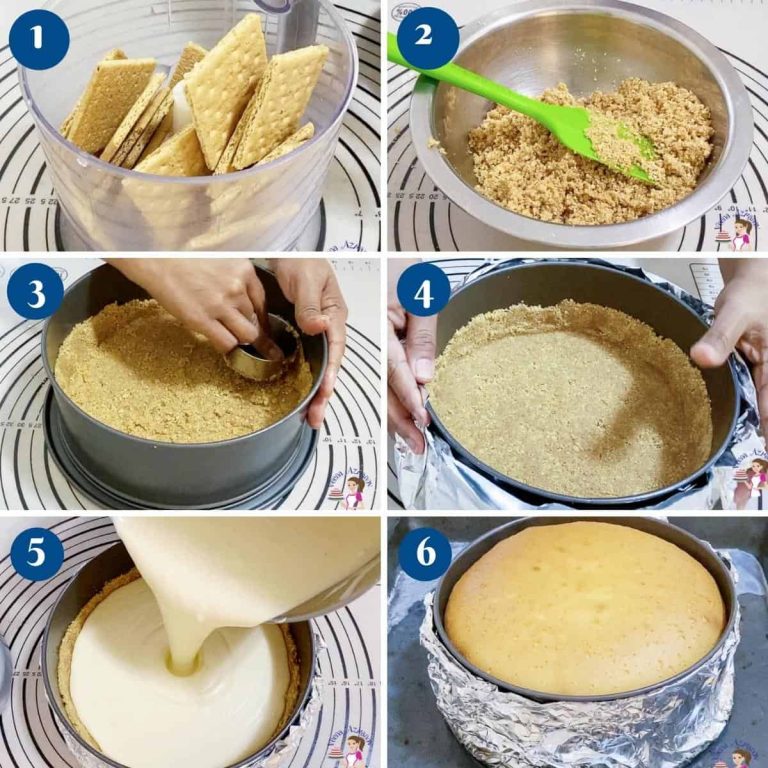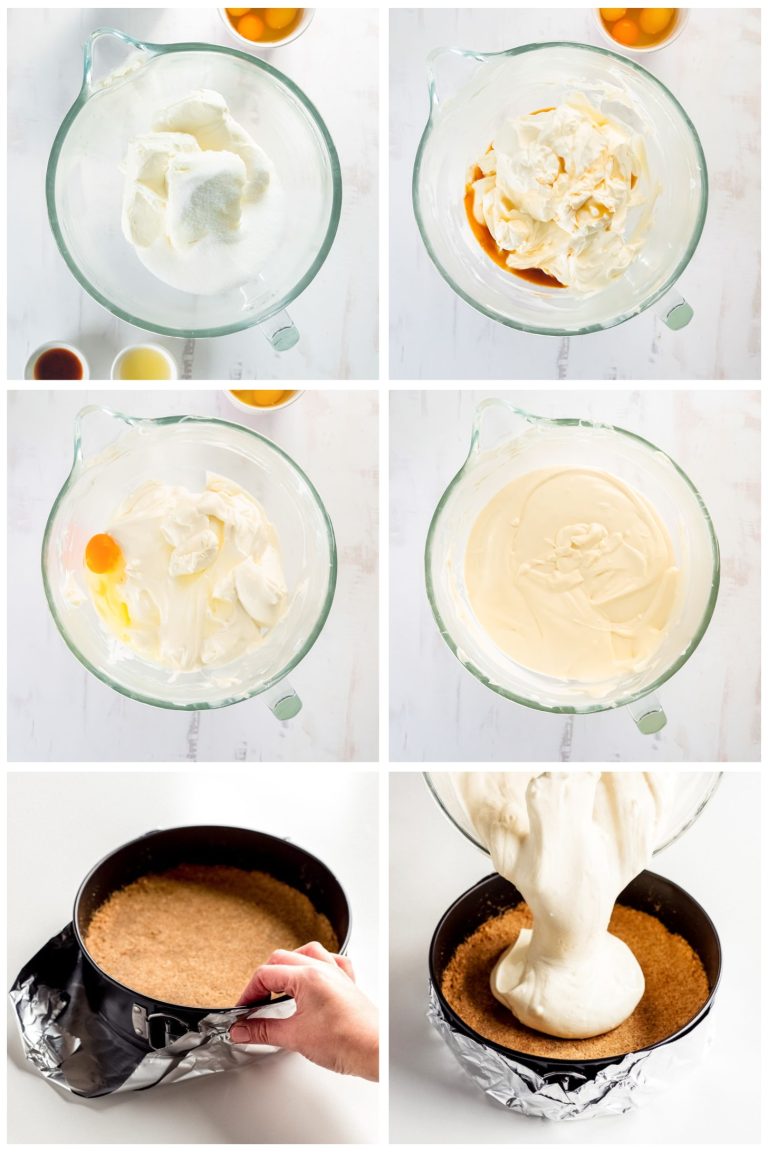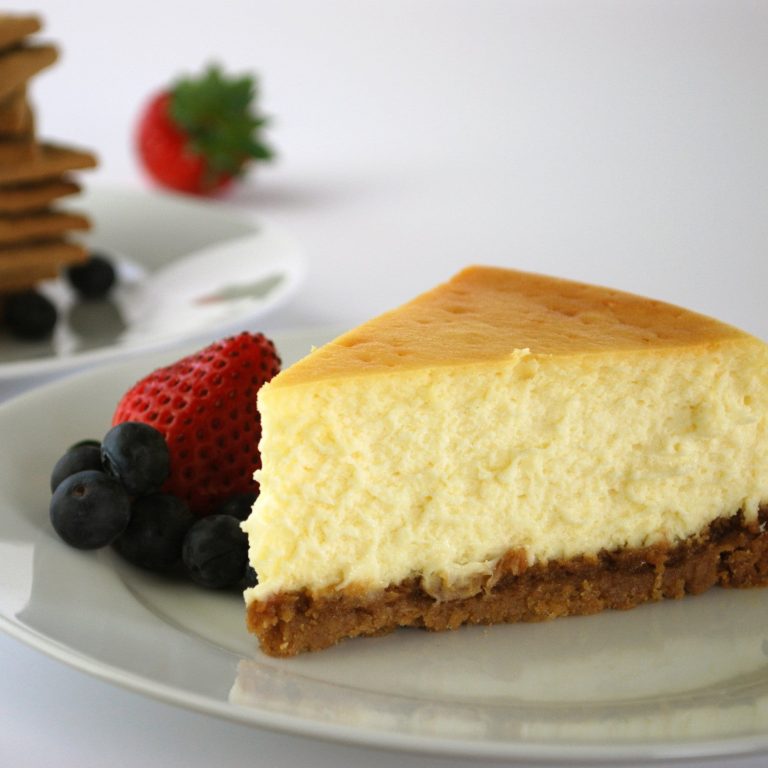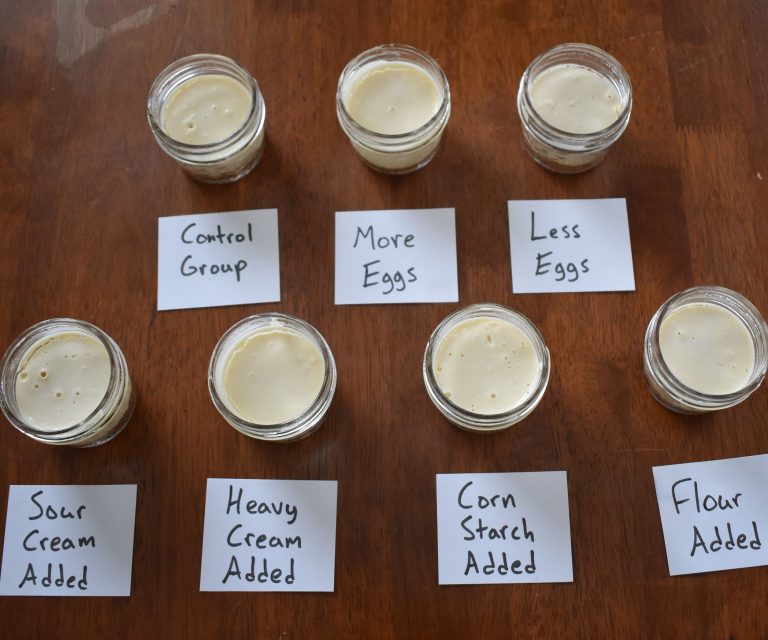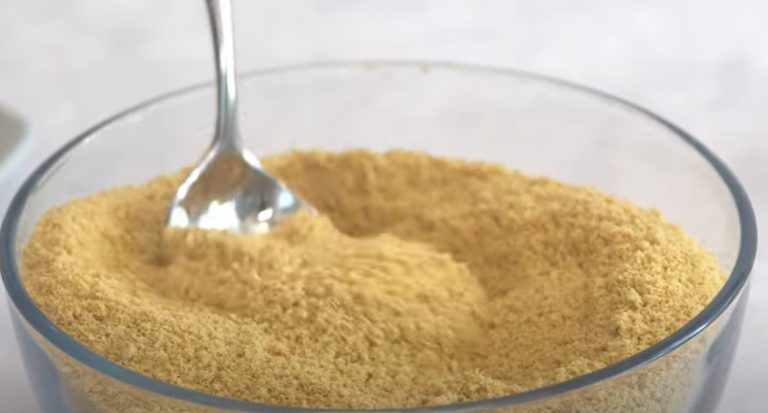How to Get Rust off a Knife? Expert Tips Unveiled
How to get rust off a knife? To remove rust from a knife, scrub it with baking soda and water using a soft brush or cloth. For tougher rust, use white vinegar or a lemon juice and salt mix. Rinse thoroughly and dry completely to prevent further rusting. Always store knives in a dry place.
But, what if you could bring your knife back to its shiny, sharp glory without spending a fortune on replacements? Imagine slicing through fruits and vegetables with ease, knowing your knife is not only clean but safe to use. You might be wondering if it’s even possible to remove rust effectively on your own.
Rest assured, it’s easier than you think. Stick with us, and you’ll learn simple, reliable methods to get rust off your knife, ensuring it stays in peak condition for years to come. Get ready to discover the secrets that will save your knife and perhaps even make it better than new.
How to Get Rust Off a Knife?
Causes Of Rust On Knives
Rust on knives can be a common issue. It diminishes their functionality and appearance. Understanding the causes helps prevent rust and prolongs the knife’s life.
Knives rust due to exposure to moisture. Water is a major culprit. It reacts with the metal, causing oxidation. This leads to rust formation.
Environmental Factors
Humidity plays a big role in rust development. In damp environments, moisture in the air can settle on knives. This accelerates the rusting process.
Improper Storage
Storing knives in wet places invites rust. It’s crucial to keep them dry and in a cool area. This helps in maintaining their condition.
Use Of Acidic Foods
Acidic foods can speed up rusting. Cutting lemons or tomatoes often exposes knives to acids. These acids react with the metal, leading to rust.
Poor Cleaning Practices
Neglecting to dry knives after washing can cause rust. Water left on the blade promotes oxidation. Always dry knives thoroughly after use.
Quality Of Material
Knife material affects rust resistance. Stainless steel resists rust better than other metals. Choosing high-quality materials can reduce rust issues.

Credit: www.globalkitchenjapan.com
Simple Diy Rust Removal Techniques
Rust on knives can be frustrating. But there’s good news. You can remove rust with simple DIY methods. These methods use items you likely have at home. They are easy, quick, and cost-effective. Let’s dive into some effective techniques to make your knife shine again.
1. Use Baking Soda Paste
Baking soda works wonders on rust. First, make a paste. Mix baking soda with water. Apply it to the rusty areas. Use a soft brush to scrub gently. Rinse the knife with water. Dry it completely to prevent new rust.
2. Try White Vinegar Soak
White vinegar is acidic. It can dissolve rust effectively. Submerge the rusty part in vinegar. Let it soak for a few hours. Check the progress every hour. Once the rust loosens, scrub it off. Rinse and dry the knife well.
3. Lemon Juice And Salt Combo
Lemon juice and salt make a powerful duo. Cover the rust with salt. Squeeze lemon juice over it. Let it sit for about two hours. Scrub with a soft cloth. Rinse and dry thoroughly. This method can lighten rust stains.
4. Use A Potato And Dish Soap
This might sound odd, but it works. Cut a potato in half. Apply dish soap on it. Rub the potato on the rust. The oxalic acid in potatoes helps. Rinse and dry the knife afterward. It’s a fun and effective method.
5. Aluminum Foil And Water
Aluminum foil is gentle on knives. Dip it in water. Rub it over the rusted areas. It acts like a mild abrasive. This method is good for delicate blades. Rinse and dry the knife to see the results.
Choosing The Right Cleaning Products
Choosing the right cleaning products is crucial for rust removal from knives. The wrong product might damage the blade or handle. You need to find solutions that effectively remove rust without harming your knife.
Understanding Rust Removal Agents
Rust removal agents break down rust on metal surfaces. They contain chemicals that dissolve rust particles. Look for products with mild acid components. These are effective yet gentle on your knife.
Natural Cleaning Alternatives
Natural alternatives can be effective for rust removal. Lemon juice is a popular choice. Its acidity helps dissolve rust. Vinegar is another option. It works well on stubborn rust spots. Baking soda can be mixed with water to form a paste. This paste acts as a gentle scrub.
Testing Products On Small Areas
Test the cleaning product on a small knife area first. This ensures it won’t damage the blade. Apply a small amount and watch for any reaction. Proceed only if there are no adverse effects. This precaution protects your knife from unwanted damage.
Reading Product Labels
Read product labels carefully. Check ingredients for any harsh chemicals. Look for instructions specific to metal surfaces. This information guides proper usage. It helps avoid damage to your knife. Following guidelines ensures effective rust removal.
Preventing Rust In The Future
To keep your knife rust-free, clean it with a mixture of baking soda and water. Gently scrub the blade with a soft cloth or brush. Dry thoroughly after cleaning to prevent future rust. Regular maintenance ensures your knife stays in top condition.
Preventing rust from forming on your knives is crucial to maintaining their functionality and longevity. Once you’ve dealt with existing rust, it’s important to take proactive measures to avoid its return. Rust can be sneaky, developing even when you think your knife is safe. With a few simple steps, you can keep your knives in tip-top shape, ensuring they remain rust-free for years to come.
Regular Cleaning And Drying
After each use, clean your knife thoroughly with warm water and mild soap. Residual food particles and moisture can lead to rust. Dry your knife immediately with a soft towel, ensuring no water spots remain. Have you ever noticed rust forming unexpectedly on a seemingly dry knife? That’s often due to residual moisture.
Proper Storage
Store your knives in a dry environment. A magnetic strip on a wall is ideal as it allows air circulation. If you use a drawer, consider adding a silica gel packet to absorb moisture. Have you considered how humidity in your kitchen might be affecting your knives?
Use Rust-resistant Materials
Opt for knives made of stainless steel or coated with rust-resistant materials. These materials offer a natural barrier against rust. Stainless steel is popular for a reason; it’s less likely to rust compared to other metals.
Regular Maintenance
Sharpen your knives regularly. Sharp blades are less prone to moisture retention. Use a honing steel to keep the edges in good shape. Have you ever thought about how a dull knife might be more susceptible to rust?
Avoid Prolonged Exposure To Acidic Foods
Acidic foods like citrus can corrode your knife, leading to rust. Rinse your knife promptly after cutting acidic items. Think of the last time you forgot to clean your knife after slicing lemons—did rust form afterward?
Apply Protective Oil
A light coat of mineral oil can create a protective barrier. Apply a few drops, spread evenly, and wipe off excess. This oil acts like a shield against moisture. Have you tried this simple trick to keep rust at bay? By following these steps, you can extend the life of your knife significantly. What steps will you take to protect your knives from rust today?
Expert Advice For Knife Care
Expert advice on knife care can prolong the life of your kitchen tools. Keeping your knives in top condition requires regular maintenance and attention. Removing rust is crucial to ensure your knife remains sharp and safe to use. Understanding how rust forms and how to remove it helps maintain your knives effectively.
Understanding Rust Formation
Rust forms when metal oxidizes from exposure to moisture and air. Stainless steel knives are less prone to rust, but care is still required. Always keep your knives dry after washing to prevent rust. Regular checks for rust can help in early detection and removal.
Simple Rust Removal Techniques
Use baking soda to gently scrub the rust away. Mix baking soda with water to create a paste. Apply the paste to the rusty area and scrub gently with a cloth. Rinse the knife and dry it thoroughly.
Natural Remedies For Rust Removal
Lemon juice and salt can work wonders on rusty knives. Sprinkle salt over the rusted area, then squeeze lemon juice on top. Let it sit for a few hours. Scrub gently with a cloth and rinse the knife well.
Preventing Rust On Knives
Always dry your knives immediately after washing. Store them in a dry place to prevent moisture buildup. Consider applying a thin layer of mineral oil to protect the blade.
Professional Maintenance Tips
Regular sharpening keeps knives in top shape. Use a sharpening stone or professional service for best results. Inspect knives regularly for signs of wear or damage. Address issues promptly to maintain knife quality.
Credit: www.reddit.com

Credit: www.reddit.com
Frequently Asked Questions
What Home Remedies Remove Rust From Knives?
Baking soda and vinegar work well. Make a paste with baking soda. Apply. Let sit. Rinse with vinegar. Dry thoroughly.
Can Lemon Juice Get Rid Of Rust?
Yes, lemon juice is effective. Mix with salt. Apply to rusted area. Scrub gently. Rinse with water. Dry knife.
Is Wd-40 Safe For Rust Removal On Knives?
WD-40 can help remove rust. Spray on rust. Wait a few minutes. Wipe off. Clean knife with soap and water.
Conclusion
Restoring your knife’s shine is simple with these easy steps. Regular cleaning prevents rust. Use mild cleaning agents for safety. Natural options like vinegar work well. Always dry your knife thoroughly. Store in a dry place to avoid moisture. Regular maintenance keeps knives looking new and efficient.
Experiment with different methods to find what suits you best. A rust-free knife is a joy to use. Enjoy cooking with your gleaming knives! Keep them ready for every culinary adventure. Remember, a little care goes a long way in preserving your tools.
Related Article
- Best Everyday Carry Knife: Top Picks for Versatile EDC Solutions
- Best Affordable Knife Set: Top Picks for Quality and Value
- Benchmade Fillet Knife: Precision for Perfect Cuts
- 8 Best Boning Knife for Precision Cutting and Effortless Meat Preparation
- 8 Best Pocket Knife Sharpener for Precision and Portability in the Outdoors

